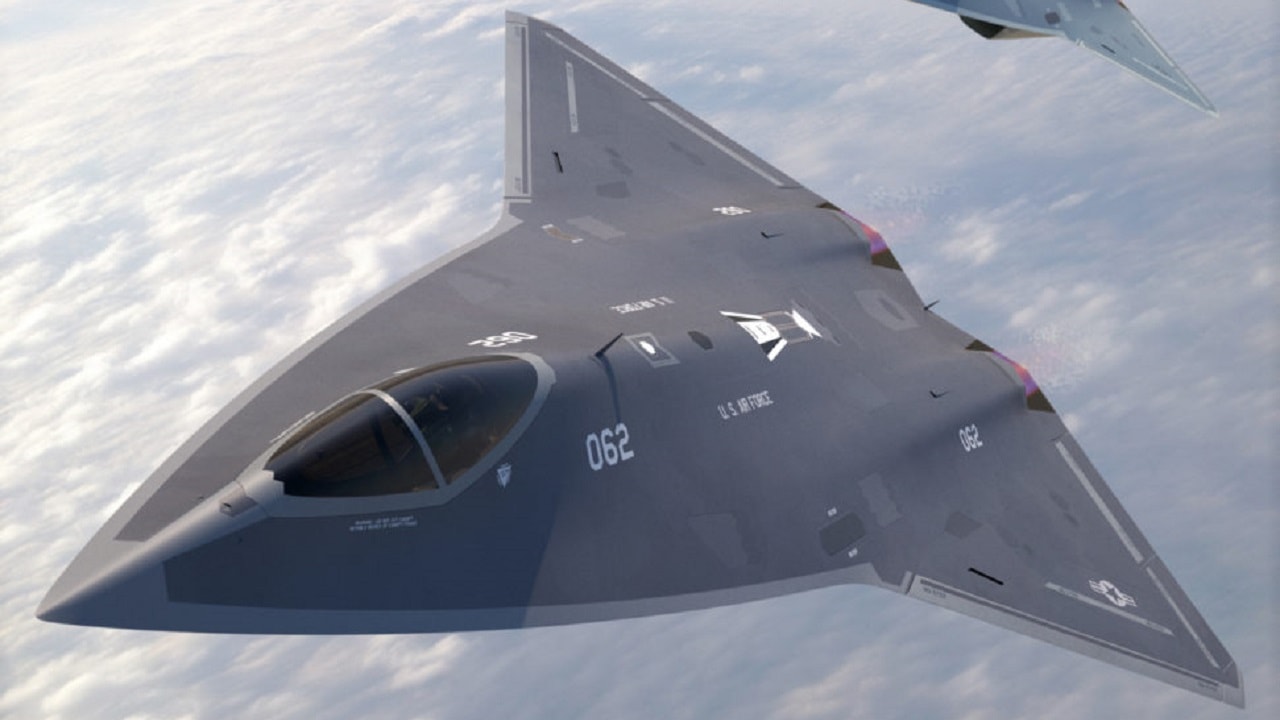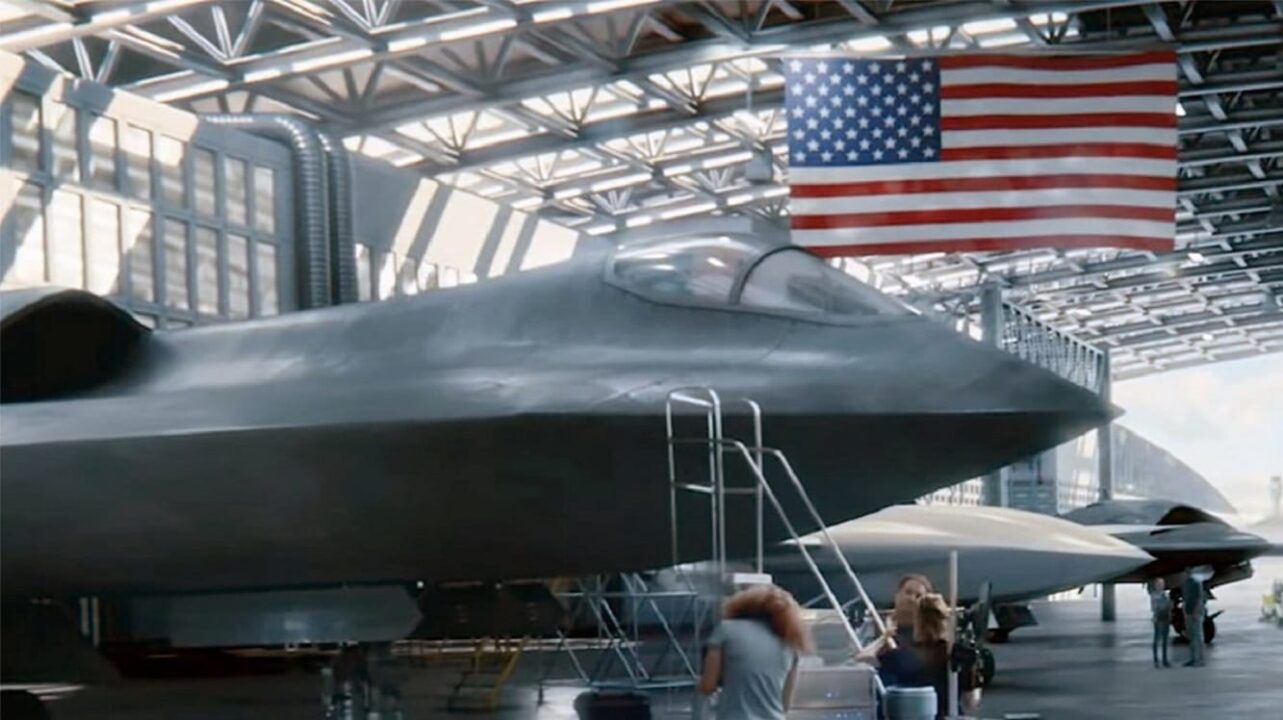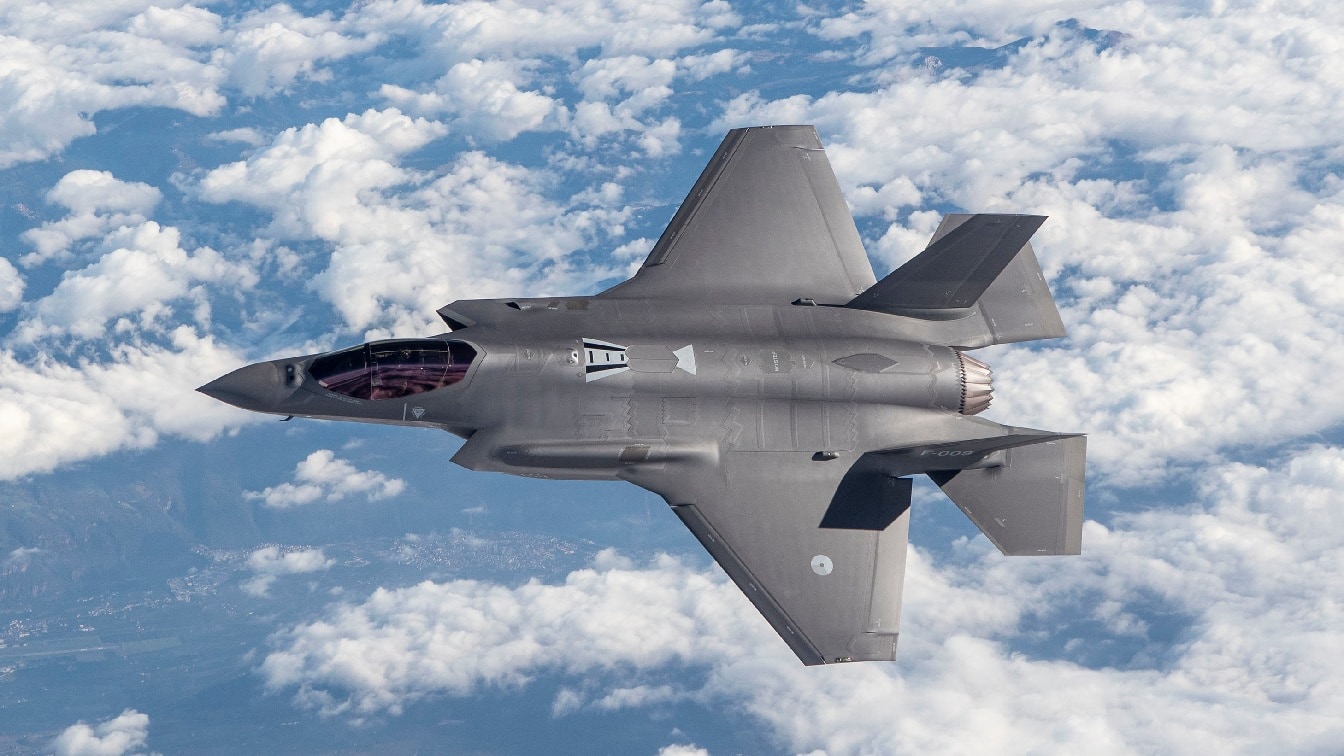The Big NGAD Problem Is Cost: The US Air Force’s Next-Generation Air Dominance (NGAD) program should keep its superior technology capabilities and manned design rather than decreasing costs that impair performance.
-While autonomous drones and artificial intelligence (AI) improve combat effectiveness, human cognition remains invaluable in complicated battle settings. Reducing NGAD’s features risks reducing its advantage over emerging threats, such as China’s 6th-generation developments.
-NGAD’s revolutionary stealth, AI integration, and mobility are critical to future airpower.
Why Downgrading NGAD Could Be a Costly Mistake for U.S. Air Power
Downgrading NGAD to a marginally improved version of upgraded F-35s or F-22s would waste resources and threaten US aviation dominance in an increasingly competitive global airspace.
Scaling back the technologies, performance parameters, sensors, and weapons systems on the US Air Force Next-Generation Air Dominance (NGAD) 6th-generation aircraft may save money, but this strategy appears counterproductive and potentially harmful to US Air Power modernization.
Some may argue that it is sensible to replace manned 6th-generation aircraft with high-tech, highly competent drones such as Combat Collaborative Aircraft, which are engineered with increasing levels of autonomy and mission scope while being directed by a manned B-21 bomber or F-35 operating at safe stand-off ranges.
However, senior US weapons developers agree that, despite significant advances in AI-generated capacity and autonomous operations, human cognition and decision-making in combat, particularly in terms of fatal force, should not be completely replaced.
There are far too many factors inherent to human consciousness that robots cannot mimic, including emotion, morality, intuition, and other uniquely human characteristics. The general agreement is that the most effective method to future warfighting is to use both man and machine in tandem.
This strategic approach, often known as “manned-unmanned” teaming or “human-machine” interface, aims to combine human cognition and decision-making with the types of high-speed procedural operations that machines excel at.
In brief, computers and AI-enabled data processing and analysis can reduce the “cognitive burden” placed on human pilots, allowing them to focus on more important battle decisions and nuances that require human analysis.
“Manned-Unmanned Teaming”
Given all of this, if one still believes that a “manned” or at least “optionally manned” 6th-generation fighter should be created, it makes no sense to significantly reduce its capabilities in order to save money for a variety of obvious reasons.
The B-21, for example, will be capable of unmanned missions but will be primarily used for manned sensing, attacking, command and control, and operations that operate groups of drones from a distance. In several studies, AI-enabled fighter jets outperformed human pilots.
However, such conclusions are inconclusive when examined in the context of air warfare and air superiority. Long-range sensors and missiles may make dogfighting less common or feasible, but there appears to be a convincing justification for future stealth fighter jets to have “manned” capabilities.
The United States Air Force appears to think this way to a considerable extent. As a result, it has experimented with an AI-enabled co-pilot working in close cooperation with a human pilot. Artu, the AI-capable unmanned co-pilot, has flown in a fighter in many Air Force experiment demonstrations in recent years, as reported in a Warrior Maven analysis in 2023.
These studies, which are most likely still being examined, underscore the Pentagon’s opinion that any effective strategy to future combat should include the use of “both” human decision-making and AI-powered computation.
AI Not Perfect
The other issue with “over-relying” on AI is that it must grow more dependable and resilient. Currently, AI-enabled systems can be “spoofed.” They may struggle to swiftly and accurately interpret or incorporate “new” information that is not already in their database.
While many attempts are underway to “harden” AI and enhance reliability, known as “Zero Trust,” more development is still needed because an AI-enabled system is at risk of producing false positives or misinterpreting new, unknown input.
This is rapidly changing, with various business and military initiatives to achieve “real-time” or “close-to-real-time” analytics, in which incoming new data may be processed, correctly identified, and accurately incorporated into a larger system. However, it looks that significant work is still needed.

Need for “Manned” 6th-Gen NGAD
As a result, if one assumes that a “manned” 6th-generation fighter should be created, reducing its size makes little sense. According to an interesting new essay in Breaking Defense, findings from a recent Air Force review have found that the service “should” create a sixth-generation aircraft that will be staffed.
Threat Equation
Why is a manned NGAD necessary?
To begin, the threat scenario for 6th-generation aircraft is becoming more severe, as China has shown many 6th-generation stealth fighter concepts. It’s unclear how far the People’s Liberation Army Air Force (PLAAF) has progressed in sensing, networking, and AI-enabled targeting, which relies on “manned-unmanned” teams.
Chinese government-backed newspapers, such as the Global Times, have published significant coverage of initiatives to promote manned-unmanned teaming, intelligentized networked warfare, and “loyal wingman” manned-unmanned air-attack synergies.

This implies that it makes little to no sense to reduce the advanced technologies required to develop a new generation of stealth fighters.
While information of the US Air Force’s NGAD are unknown, and demonstrations that have flown for several years have not been seen, the 6th-generation project is expected to include a wide range of paradigm-changing technologies.
These include increased speed, bomber-like stealth capability, smart, AI-enabled sensors woven into the “skin” of an aircraft, and a new generation of aerial maneuverability, weapons, and targeting.
These technologies, and their maturity level, must be protected and developed in order for the US Air Force to maintain aerial superiority.
Don’t Make the Great NGAD Mistake
This is another reason why a “scaled-back” NGAD would be ineffective and perhaps wasteful of money and resources. It would most likely be similar, if not less capable, to an updated F-35.
Many breakthrough advancements in warfighting technology are expected, including software upgrades, sensing, computing, and AI-powered high-speed data processing, analysis, and organization.
This is why the Pentagon plans to regularly update the F-35 so that it can fly into the 2070s. The F-35 may be regularly modified with software advancements that allow for new armaments, enhanced sensing, longer ranges, and onboard computing.

There may also be advancements in composite or radar-absorbent materials that can improve the F-35 without altering its fundamental design or technological composition.
The F-35, which is currently in service in at least 18 countries, is here to stay. The F-22 is also undergoing extensive improvements to ensure continued service into the 2060s.
Engineering a “less” competent “manned” 6th-generation aircraft would be a ludicrous blunder.












Leave a Reply